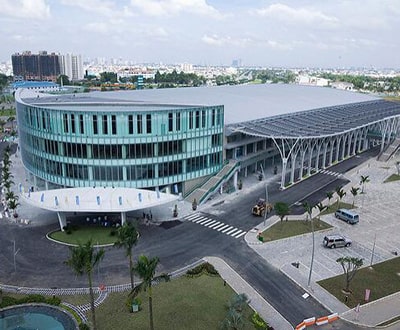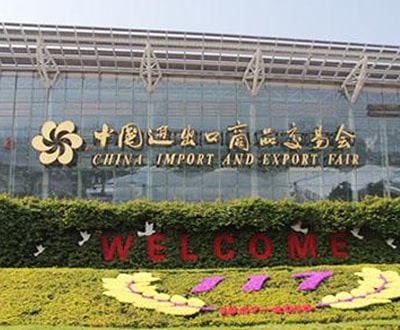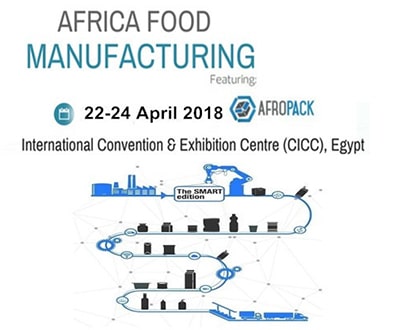How to Integrate a Chocolate Packing Machine into Your Production Line
Introduction
In the competitive chocolate industry, efficiency and productivity are paramount. Integrating a chocolate packing machine into your production line can streamline packaging processes, reduce labor costs, and enhance overall production capabilities. This article provides a comprehensive guide on how to effectively integrate a chocolate packing machine into your production line.
Planning and Evaluation
Define Production Needs: Determine the desired packaging speeds, formats, and material requirements to meet your specific production goals.
Analyze Production Layout: Review the existing layout and identify optimal placement for the packing machine, considering workflow and accessibility.
Select the Right Machine: Research different types of chocolate packing machines available, such as flow wrappers, overwrappers, and baggers, and choose one that aligns with your requirements.
Installation and Setup
Prepare the Site: Ensure the installation location has adequate space, electrical connections, and compressed air supply.
Install the Machine: Follow the manufacturer’s instructions for installing the packing machine securely and levelly.
Configure Settings: Calibrate the machine according to the desired packaging specifications, including temperature, sealing pressure, and product orientation.
Integration with Existing Lines
Connect to Conveyors: Integrate the packing machine with existing conveyors using conveyor belts or transfer systems to ensure seamless transfer of chocolates.
Synchronize Speeds: Adjust the speed of the packing machine to match the production line’s speed, ensuring consistent packaging output.
Establish Quality Control Measures: Implement inspection systems to monitor packaging quality, reject defective packages, and maintain brand reputation.
Optimization and Maintenance
Train Operators: Provide thorough training to operators on the safe operation and maintenance of the packing machine.
Regular Maintenance: Schedule regular maintenance intervals to clean, lubricate, and replace worn parts, ensuring optimal performance.
Continuous Improvement: Monitor the performance of the packing line and identify areas for improvement, such as reducing downtime or increasing packaging efficiency.
Benefits of Integration
Increased Productivity: Automated packaging processes reduce manual labor, allowing for faster and more consistent packaging rates.
Reduced Operating Costs: Labor cost savings and increased efficiency lead to reduced overall production expenses.
Improved Product Quality: Precise packaging ensures consistent product protection and presentation, enhancing product shelf life and consumer satisfaction.
Enhanced Hygiene: Automated packaging processes minimize human contact with food products, improving hygiene and product safety.
-
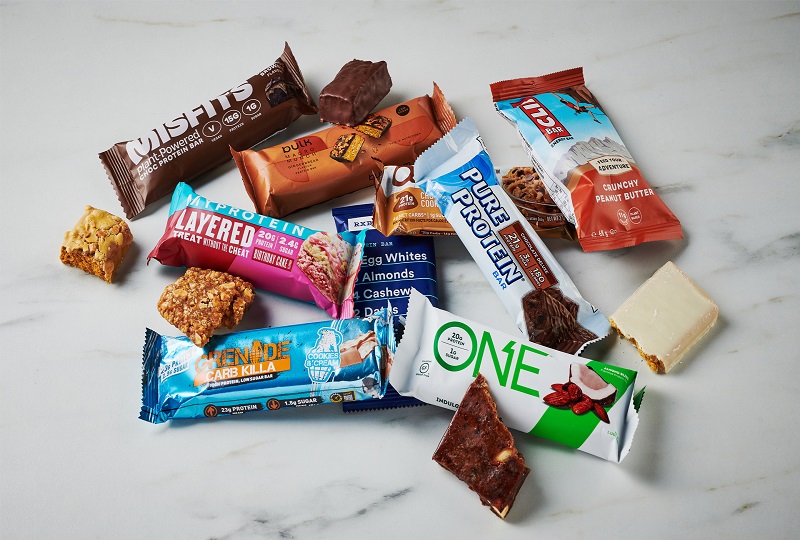 01
01Further Discussion About Protein Bar Packing Machinery
27-02-2024 -
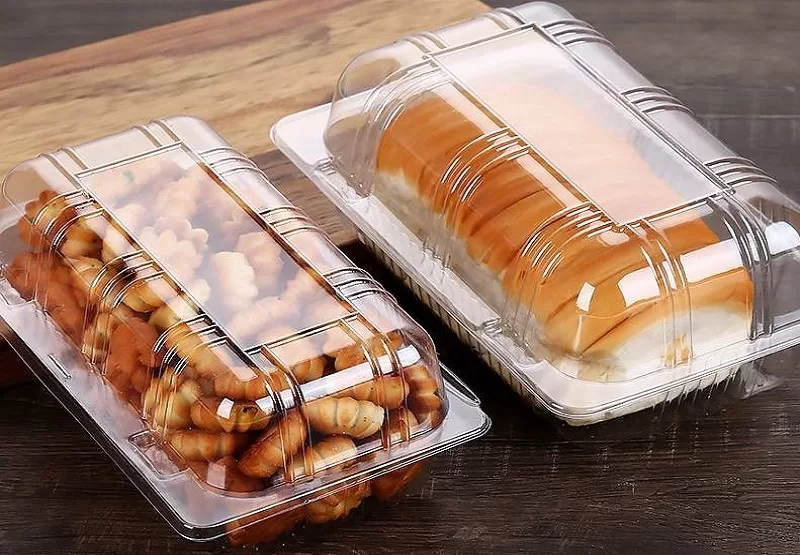 02
02Sustain The Best Crispy With Automatic Packaging Machines
29-01-2024 -
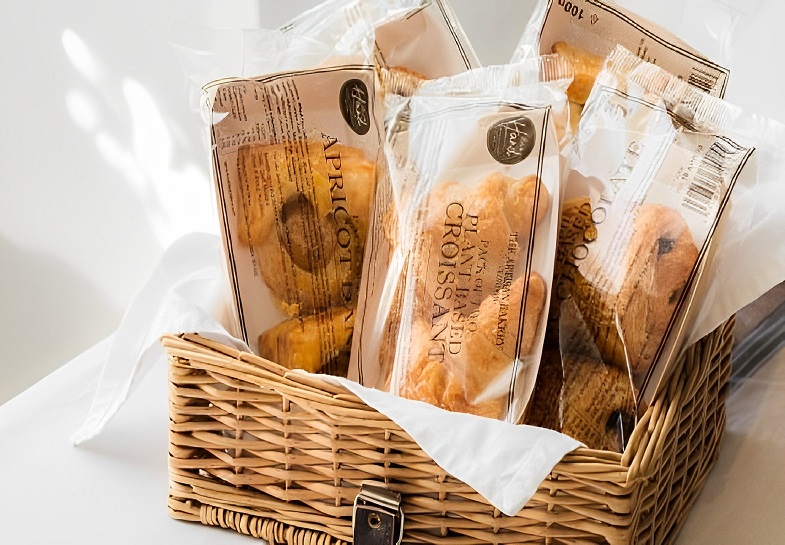 03
03Bread Packing Machine For Bakery Business
19-01-2024 -
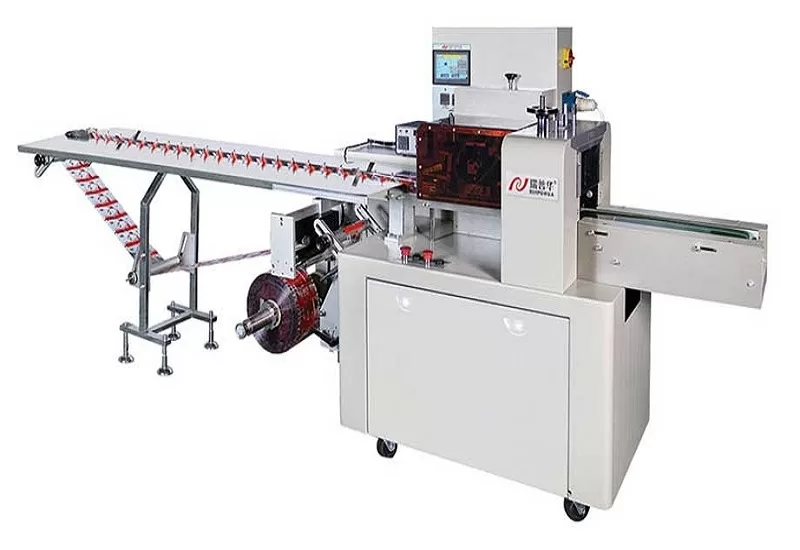 04
04How Flow Wrappers Are Adapting to Changing Trends
01-11-2023 -
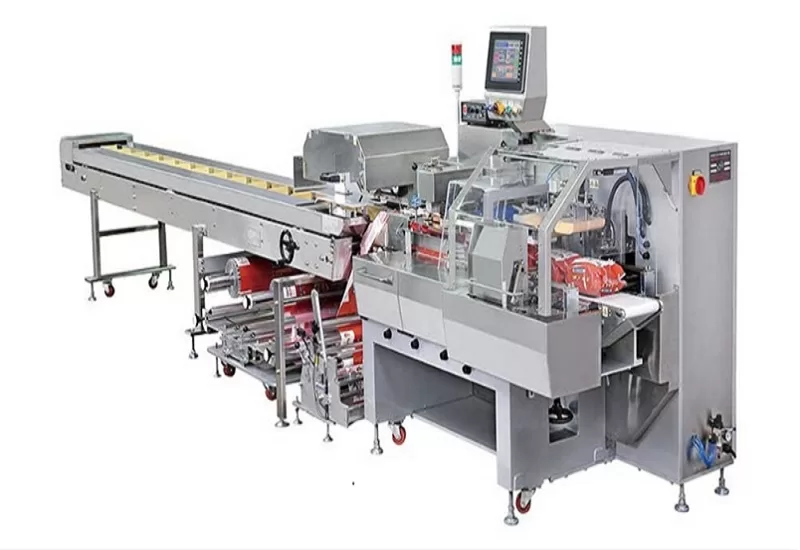 05
05The Comprehensive Guide to Packaging Machinery
31-10-2023 -
 06
06Automatic Cookie Packaging System Performance
01-09-2023 -
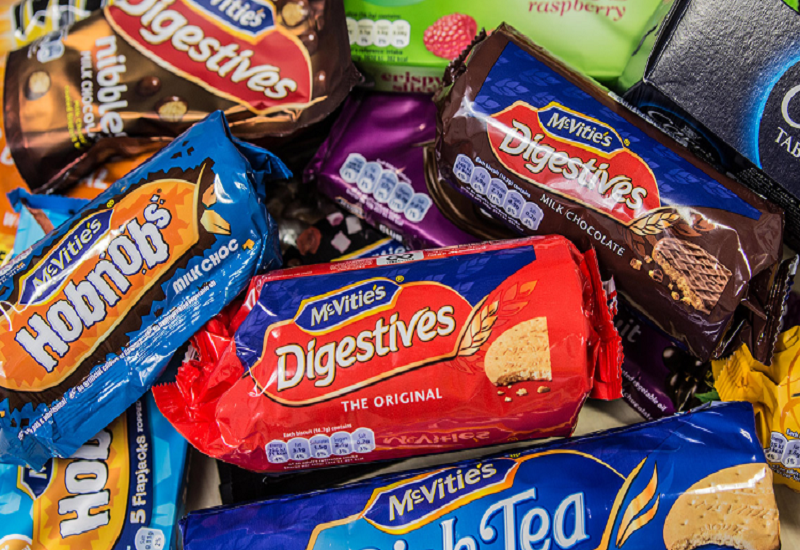 07
07Streamlining Biscuit Packaging with Multipack Biscuit Packaging Machines
25-08-2023 -
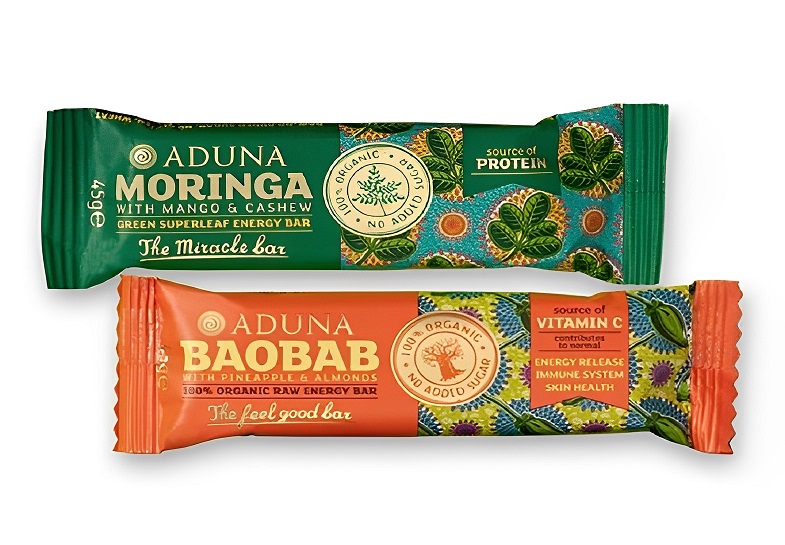 08
08From Assembly To Shipping: The Energy Bar Packaging Machine Does All
28-02-2023 -
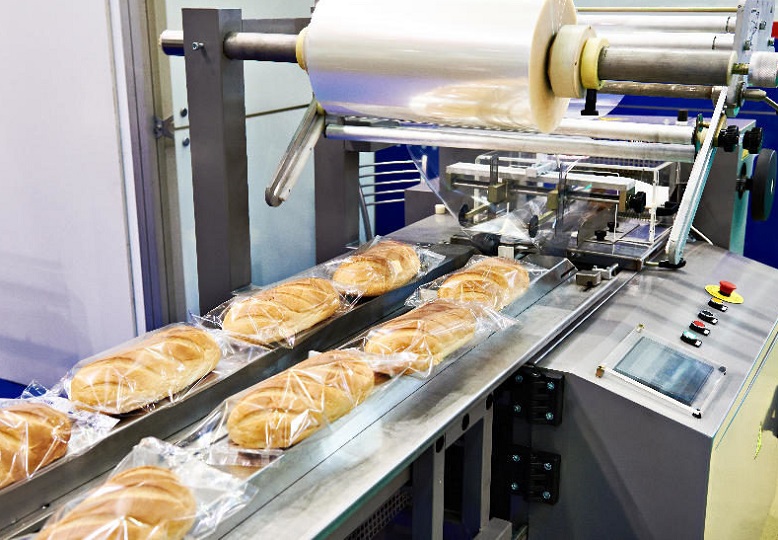 09
09Maximizing Efficiency With Food Packaging Machine Technology
22-02-2023 -
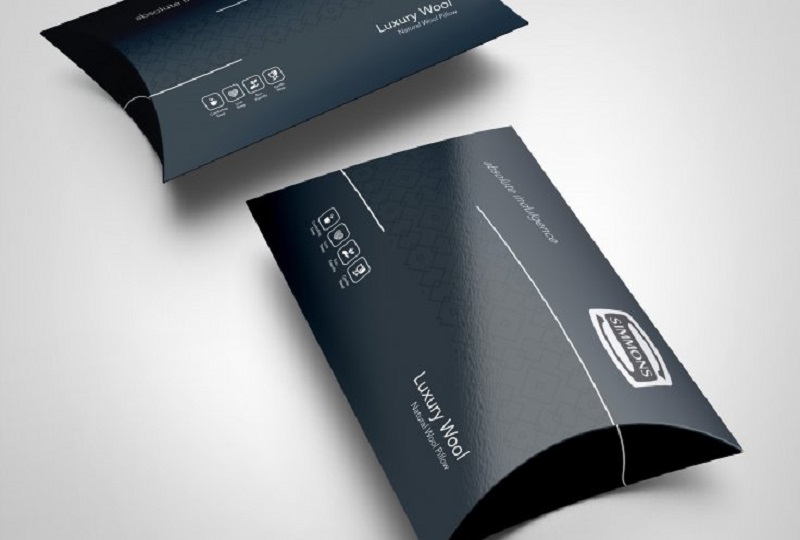 10
10Clients Hunt For Professional And Functional Packaging Machine
10-11-2022



